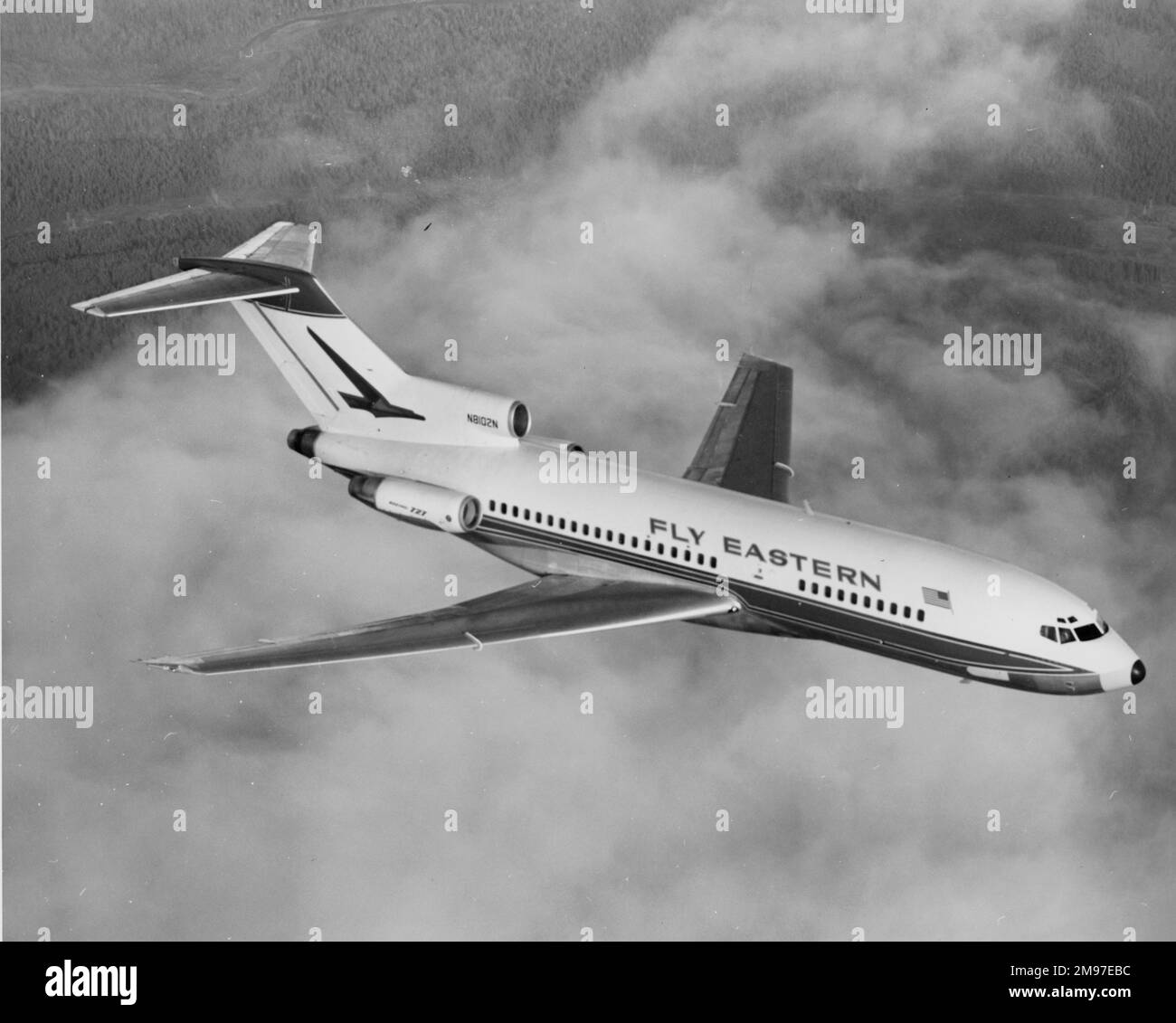The aviation world has witnessed many incredible stories, but few remain as perplexing as the infamous Boeing 727 theft. On May 25, 2003, a Boeing 727-223 aircraft vanished from Quatro de Fevereiro Airport in Luanda, Angola, leaving no trace of its whereabouts. This single incident not only baffled aviation experts but also raised serious questions about airport security and global air traffic monitoring. Despite decades of advancements in aviation technology, the disappearance of this massive jet remains one of the most mysterious and unsettling aviation heists in history.
What makes the Boeing 727 theft so intriguing is the sheer audacity and complexity involved in stealing a commercial airliner. Unlike smaller private planes, the Boeing 727 is a large, three-engine jet requiring a skilled crew to operate. Its theft wasn’t an impulsive act but rather a carefully orchestrated operation that seemingly evaded every layer of security. Speculation surrounding the incident ranges from theories of illegal smuggling to suggestions of terrorist activities, captivating investigators and enthusiasts alike. Yet, even after years of speculation and investigation, the puzzle remains unsolved.
The theft of a Boeing 727 isn’t just a mystery of lost machinery; it’s a sobering reminder of vulnerabilities in global aviation systems. With questions still unanswered, the story continues to fuel conspiracy theories and expert debates. This article delves deep into the circumstances of the theft, the key figures involved, and the potential implications for aviation security. Let’s unravel the details of this aviation enigma and explore why it remains a point of fascination for so many.
Read also:Helen Hunt Accident Shocking Details And What You Need To Know
Table of Contents
- Biography of the Boeing 727
- Background of the Stolen Aircraft
- Timeline of the Theft
- Key Figures Involved
- Security Flaws Revealed
- Global Impact of the Incident
- Possible Motives
- Conspiracy Theories
- Investigation Efforts
- Aviation Security Lessons
- Modern Airline Tracking
- How Airports Have Evolved
- Media and Public Interest
- Frequently Asked Questions
- Conclusion
Biography of the Boeing 727
The Boeing 727 is one of the most iconic aircraft in aviation history, celebrated for its reliability, versatility, and innovative design. Developed in the early 1960s by Boeing Commercial Airplanes, the 727 was designed to serve medium-range routes, revolutionizing air travel with its ability to operate from shorter runways and manage high-demand passenger traffic.
Technical Specifications
| Feature | Details |
|---|---|
| Manufacturer | Boeing Commercial Airplanes |
| First Flight | February 9, 1963 |
| Passenger Capacity | 149–189 (depending on configuration) |
| Engines | Three Pratt & Whitney JT8D |
| Range | 2,250 nautical miles |
| Length | 46.7 meters |
| Wingspan | 32.9 meters |
Its trijet design, featuring three rear-mounted engines, made the 727 a unique and recognizable aircraft. It was particularly popular with airlines during the 1960s and 1970s, with over 1,800 units produced. However, by the late 1990s, advancements in fuel efficiency and stricter noise regulations led to the gradual phasing out of the 727 in favor of newer models like the Boeing 737 and Airbus A320.
The stolen Boeing 727-223 was a former American Airlines aircraft, retired from passenger service and converted into a cargo plane. It was primarily used for transporting goods across remote regions, making it a valuable asset in the aviation industry. The theft of this aircraft, however, turned it into a symbol of unresolved aviation mysteries.
Background of the Stolen Aircraft
The Boeing 727 involved in the theft, registered as N844AA, had an illustrious history before its untimely disappearance. Originally part of the American Airlines fleet, the aircraft served as a passenger jet for many years before being decommissioned and sold to a private owner. By the time of its theft, the plane had been repurposed for cargo operations, primarily serving routes across Africa.
In the months leading up to the incident, the aircraft was stationed at Quatro de Fevereiro Airport in Luanda, Angola. It was reportedly undergoing maintenance and modifications to improve its cargo-carrying capacity. This period of inactivity may have contributed to the lax security surrounding the plane, creating an opportunity for the theft to occur.
The airport itself, while a significant hub in Angola, was not equipped with state-of-the-art security measures at the time. This, coupled with the relative obscurity of the aircraft's operations, made it an easy target for those with the knowledge and resources to execute such a bold heist.
Read also:Walz Family Photo Preserving Precious Moments Through The Lens
Stay tuned as we unravel the timeline of events, delve into the people involved, and explore the ripple effects of this aviation mystery in the following sections.

